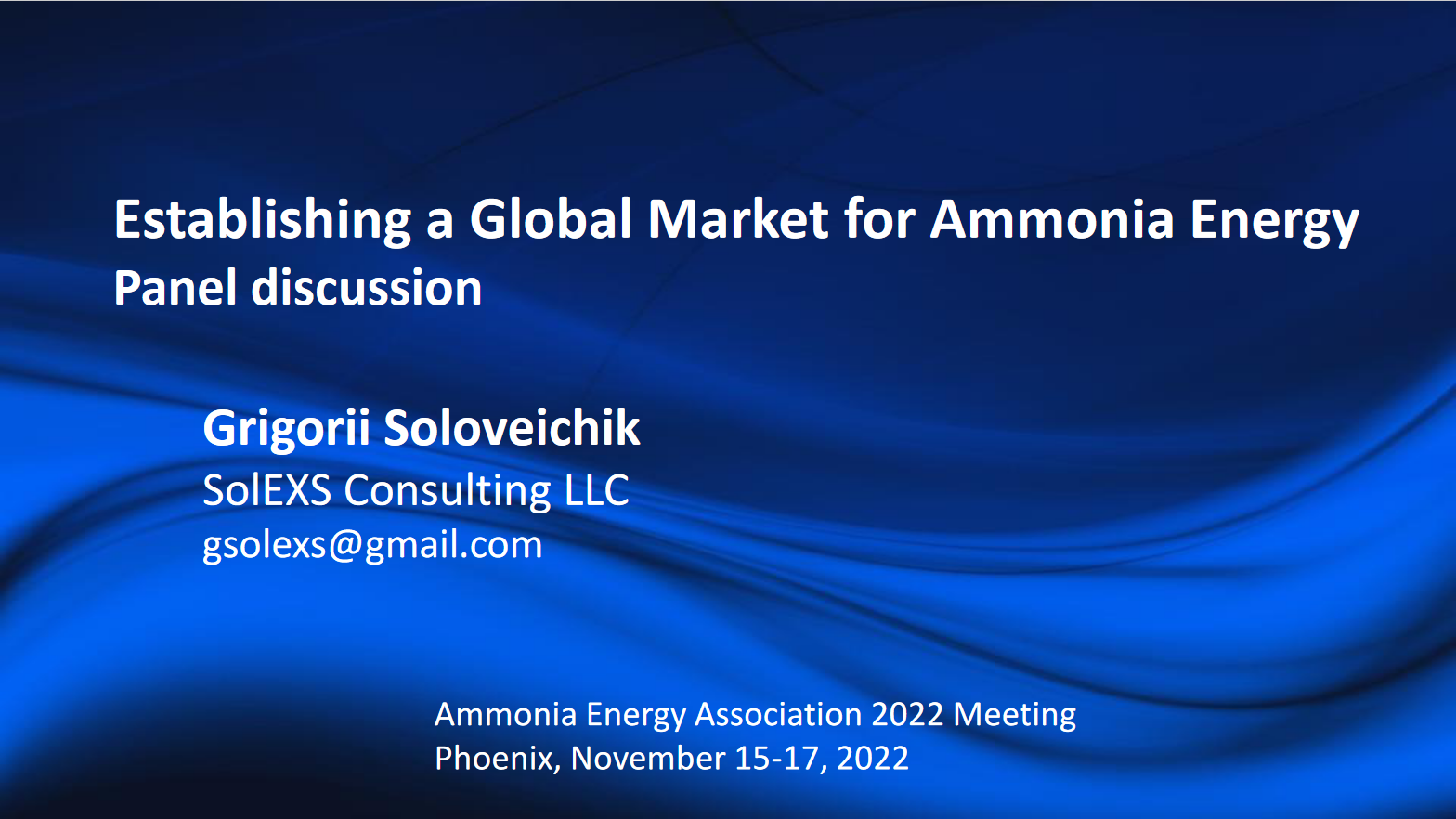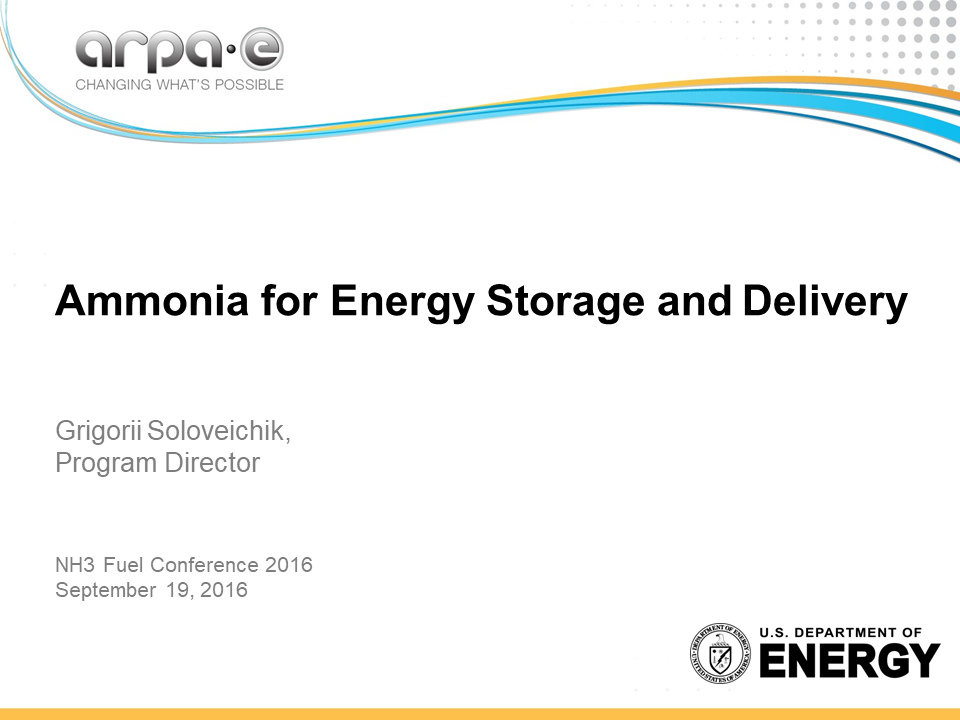Presentation
Establishing a Global Market
In the introduction to this keynote panel several aspects of the conversion of global ammonia fertilizer and chemical feedstock market into global ammonia energy market will be proposed for discussion. How ammonia may serve as a key driver for energy transition? How world clean energy needs will drive ammonia market growth? How related are ammonia and hydrogen markets? How technology development can affect the market growth? How to balance supply and demand? How existing ammonia trade can help in setting ammonia energy trade? What global infrastructure development needed to support the market? What is the role of governments in creation…



